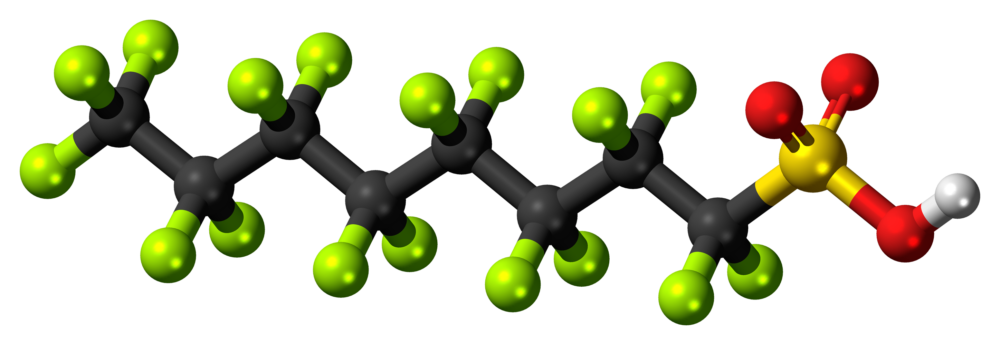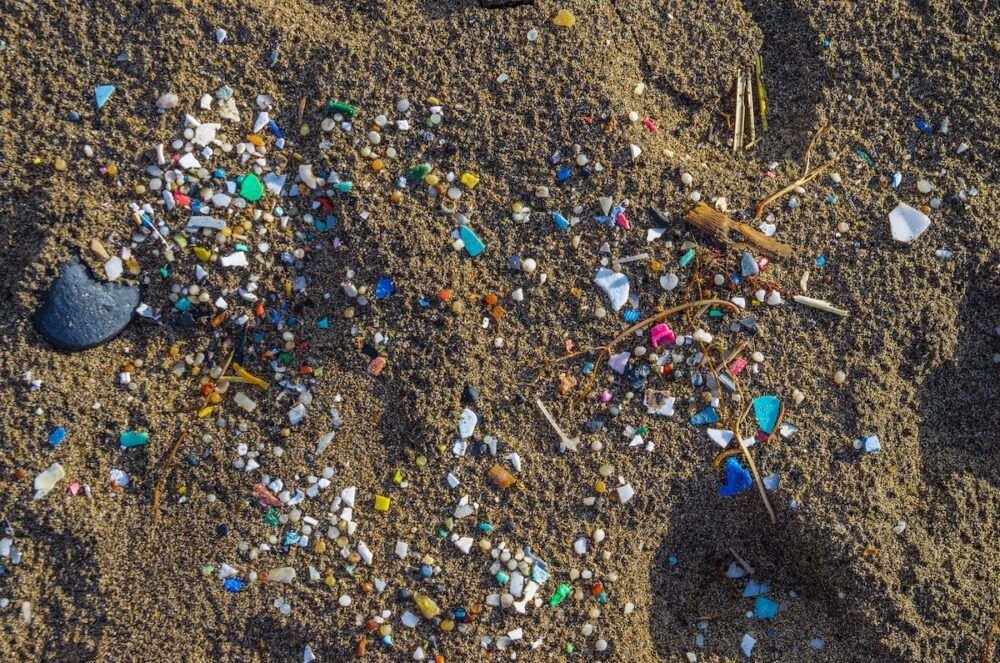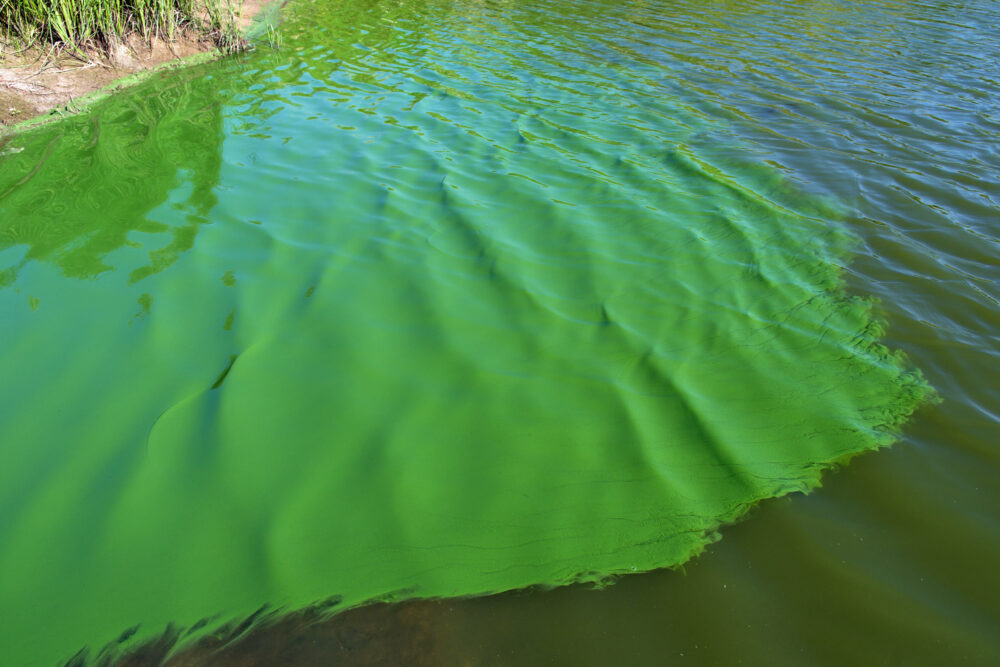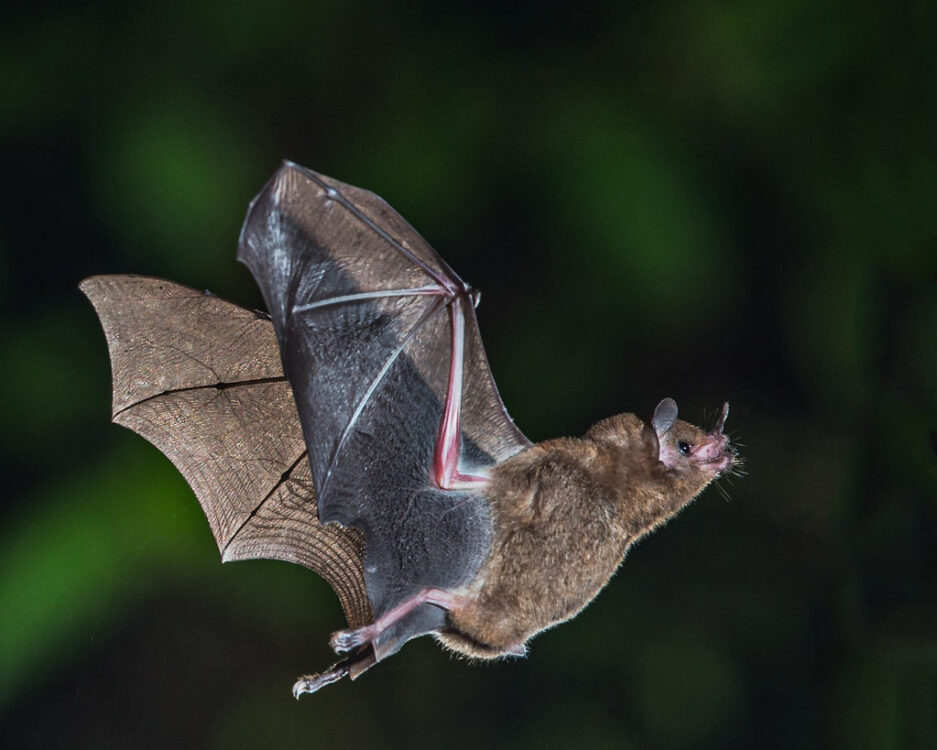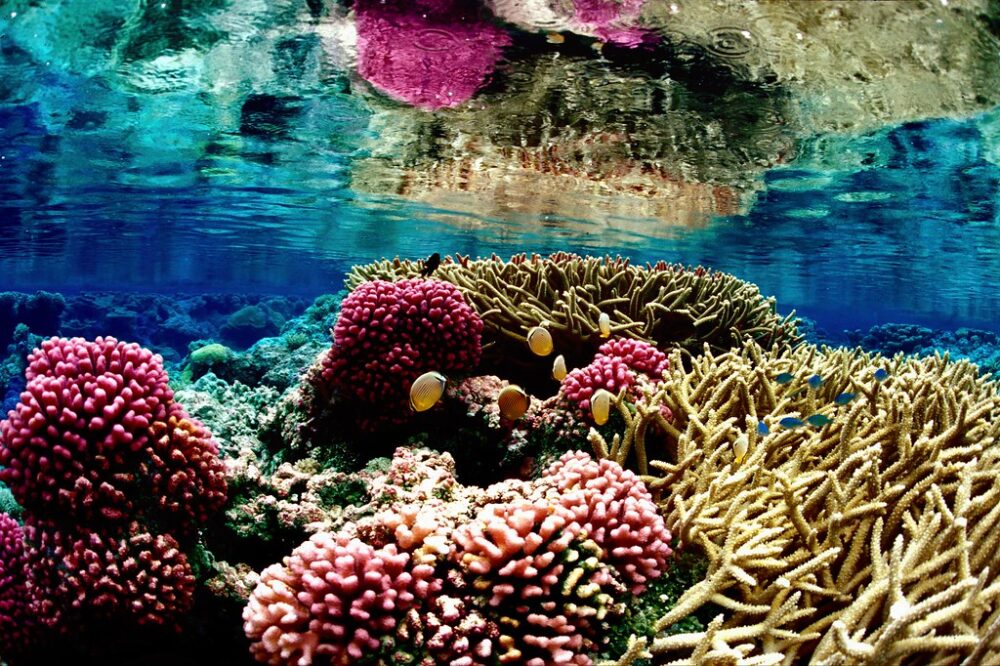Seaweed and cow burps: A potential solution to climate change?
The slimy and smelly seaweed known to repulse many swimmers and beachgoers may serve as a key mitigation strategy for climate change in the near future. A species of red macroalgae known as Asparagopsis taxiformis has been shown to reduce methane emissions in livestock. Methane is 28 times more potent as a greenhouse gas than […]
Seaweed and cow burps: A potential solution to climate change? Read More »

